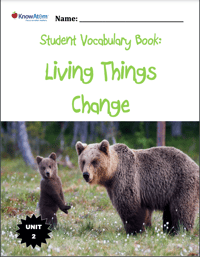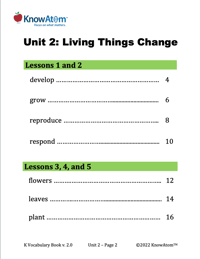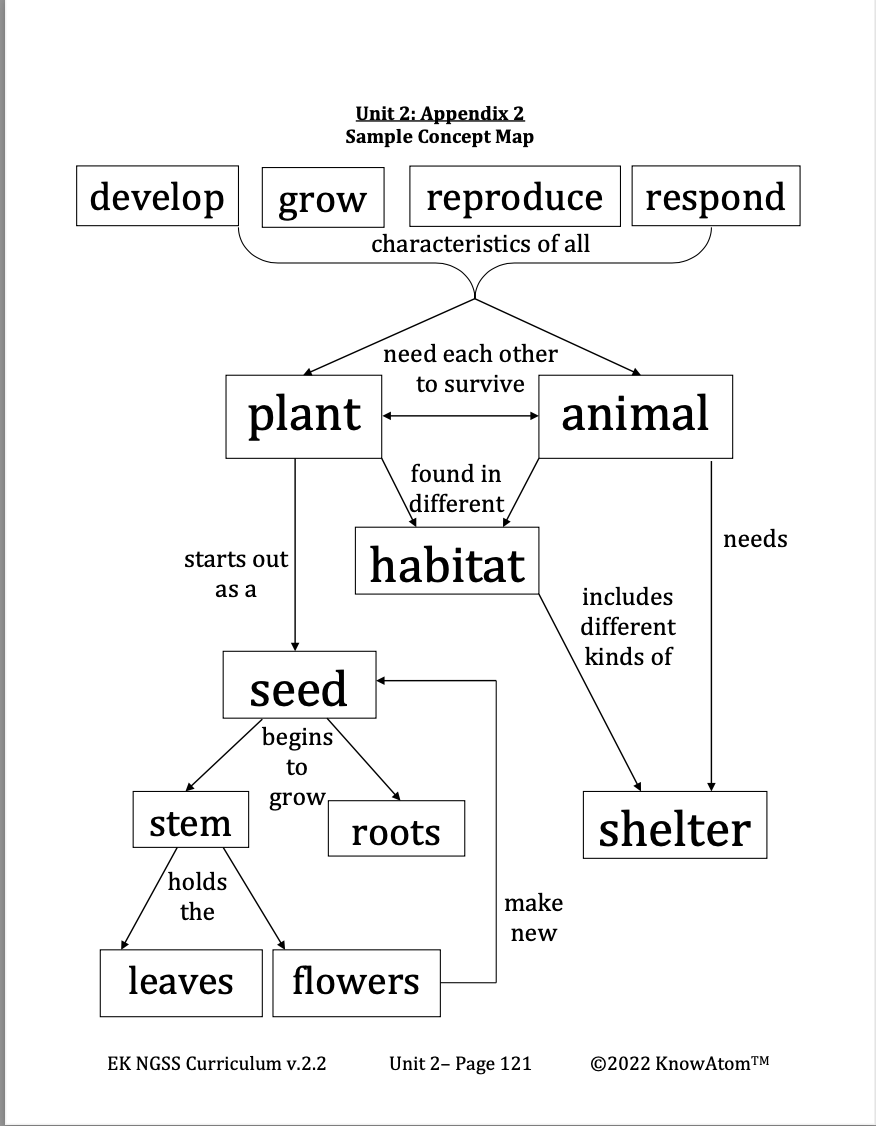In this lesson, students learn about animal habitats by creating a habitat for crickets and observing how the nonliving and living parts of the habitat interact with and support one another. Students briefly explore and discuss animal habitats visible in their community before experiencing a read-aloud on the same topic before finally creating a cricket habitat to notice what a cricket needs to live.







